Inconspicuous is also harmless? Not always. Here you can see ten plants that can be dangerous for cats, dogs and the like.
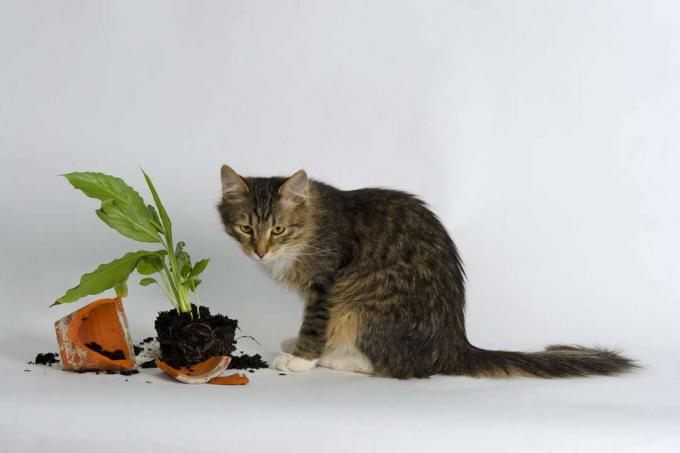
Whether as a potted plant or a flower arrangement - plants simply beautify any room. But our indoor plants are not always as harmless as it may seem at first glance. Some plants can be life-threatening, especially for our pets: Don't pay attention for a moment and an avoidably harmless bite of our four-legged friend into the potted plant can lead to full-blown poisoning to lead. We'll show you which plants should definitely stay out of the reach of dogs and cats.
contents
- Poisonous houseplant 1: geranium
- Poisonous houseplant 2: dragon tree
- Poisonous houseplant 3: azalea
- Poisonous houseplant 4: aloe vera
- Poisonous houseplant 5: calla
- Poisonous houseplant 6: yucca palm
- Poisonous houseplant 7: miracle shrub
- Poisonous houseplant 8: single leaf
- Poisonous houseplant 9: cycad
- Poisonous houseplant 10: lilies
Please note: Many of the plants listed below are harmless to animals in small doses. However, if your animal shows signs of poisoning, you should see a veterinarian immediately.
Poisonous houseplant 1: geranium
It is and remains the number one balcony flower: The geranium (Pelargonium), also known as pelargonium, has become an indispensable part of German households. The geranium cuts a fine figure not only on the balcony, but also in pots. Its vigorous bloom in particular enchants people's hearts. In addition, the geranium is relatively easy to care for and robust, which is why it is particularly suitable for beginners. However, the plant also has a huge disadvantage: it has a toxic effect on animals. Fortunately, dogs and cats get off relatively lightly with the geranium. On the one hand, they usually avoid the flower because of its odor, and on the other hand, consuming the flower triggers a strong nausea - this is how it becomes remaining plant material is ejected before a highly hazardous or even fatal dose of the contained toxins is absorbed can be. However, caution is advised with small rodents such as hamsters, rabbits or guinea pigs: Due to their small size, even the smallest amounts of the plant can have a serious effect.

Poisonous houseplant 2: dragon tree
Dragon trees (Dracaena) are considered to be particularly easy to care for and are therefore very popular as houseplant. The small tree with the yellow-green leaves is not only robust, but also an eye-catcher and contributes to a better indoor climate. But the dragon tree can pose a health risk for animals - the saponins contain so-called saponins, which are poisonous. Fortunately, the taste of the plant is quite bitter, so that often only small amounts are ingested, which often do not pose a health risk. If, on the other hand, the animal is already weakened or if larger quantities are ingested, diarrhea and vomiting, circulatory disorders and cramps can occur.
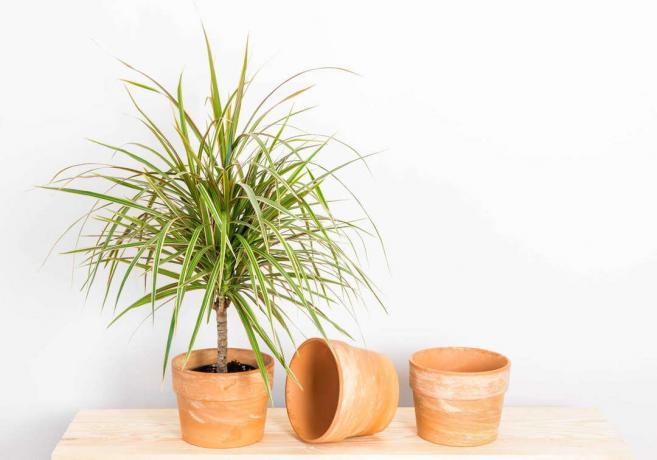
Poisonous houseplant 3: azalea
The azalea (Raw dodendron obtusum) is a Japanese beauty and enchants every room with its splendor of flowers. So it's no wonder that the azalea is a welcome guest in many houses and gardens. Species that remain particularly small have been grown in pots for decades and are ideal for the home. But the innocent beauty is deceptive - all parts of the azalea's plants are poisonous for four-legged friends and humans. Vomiting, diarrhea, saliva and cramps can occur after consuming the plant. But the azalea is not only dangerous as a houseplant - it is particularly sensitive to poisonous ones Ingredients of the azalea react horses and turtles, which in the green leaves a juicy meal see.
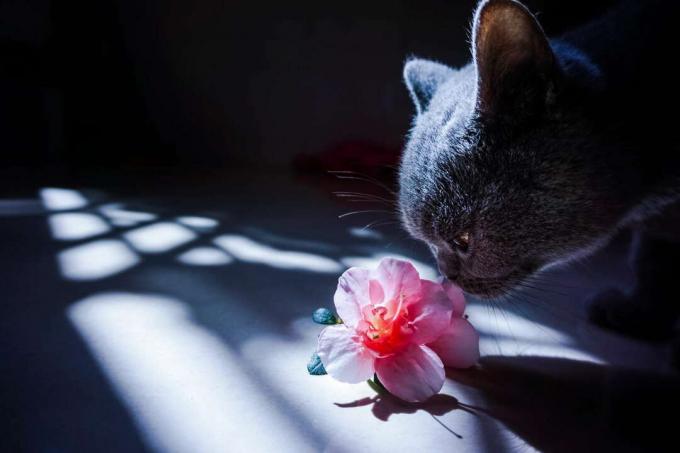
Poisonous houseplant 4: aloe vera
She is the queen of care products - Aloe vera (Aloe vera) occurs in almost all skin and body care products. The plant is also an insider tip for irritated skin and small wounds. Especially in the last few years the plant has experienced a real boom not only as a beauty cure and remedy, but also as a houseplant. Aloe vera is easy to care for and robust, and it also looks appealing. Few people know that a medicinal plant can also be dangerous: While aloe vera is beneficial for damaged skin, consumption of the plant is not recommended. The plant contains saponins, which can lead to cramps, gastrointestinal problems and symptoms of paralysis.
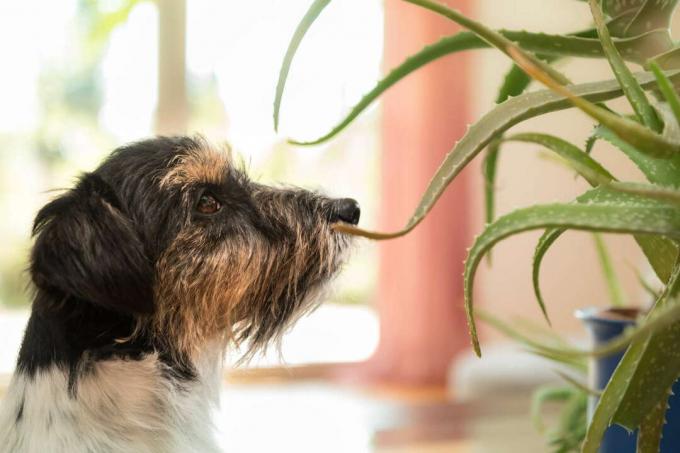
Poisonous houseplant 5: calla
Noble and beautiful - the calla is extremely popular not only as a houseplant but also as a bouquet. The curved and often colorful petals in particular give the plant an extraordinary, almost extravagant note. Unfortunately, the beauty is not quite as innocent as it looks: the sap in particular is poisonous for animals. If the four-legged friends nibble on the plant, it can cause swelling and irritation in the area of the oral mucosa. But also gagging, vomiting and diarrhea as well as cramps can be triggered by the consumption of the calla. The tuber of the plant should also be kept out of the reach of animals - it is also poisonous.
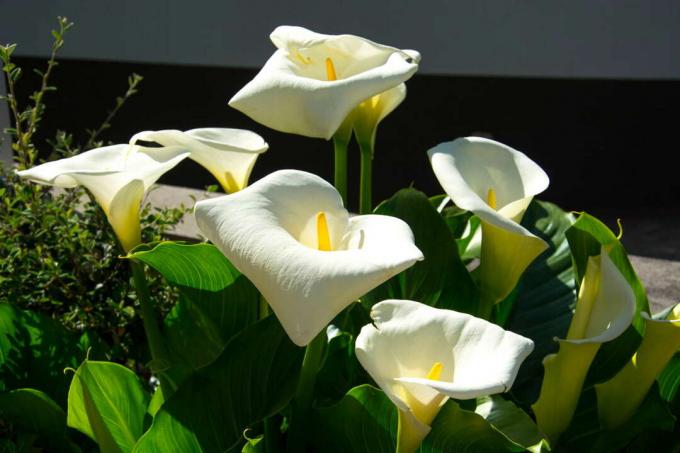
Poisonous houseplant 6: yucca palm
After “The Spider in the Yucca Palm” at the latest, there is hardly a houseplant that is so well known and about which there are so many rumors. Even if we cannot clear up the myth about the famous spider, we will reveal another of the well-known rumors: Yes, they Yucca palm (yucca) is poisonous. Saponins, which have a toxic effect, occur particularly in the trunk and the leaves, as is the case with aloe vera and dragon tree. Salivation, vomiting, diarrhea and apathy can occur after consuming the plant. But this is not the only reason why the plant is dangerous for pets: the leaves of the yucca palm are still there extremely sharp-edged and can lead to painful cuts in the mouth area when playing with the plant to lead. Therefore, the yucca palm should always be kept out of the reach of animals.

Poisonous houseplant 7: miracle shrub
The offers colorful leaves in all autumn colors Miracle shrub (Codiaeum variegatum), also called croton, all year round. Paired with a height of up to one meter and the large leaves, the miracle shrub is a real eye-catcher and is often used as a houseplant. At the same time, the miracle shrub is still easy to care for - so a perfect choice? Unfortunately not, because all parts of the wonder shrub are poisonous for both humans and animals. Typical symptoms of poisoning by the miracle bush are irritation of the mucous membranes as well as vomiting and diarrhea, which can even be bloody. Humans should also be careful when handling the miracle shrub: with frequent skin contact allergic reactions can occur, which is why the plant should only be touched with gloves should.

Poisonous houseplant 8: single leaf
This is probably a real long-running favorite among indoor plants A leaf (Spathipyllum). With its dark green leaves and bright white flowers, the single leaf is a real eye-catcher and not half as boring as its name suggests. Also as air freshener The single leaf does a good job: The plant is primarily known for contributing to a good indoor climate. However, an ugly surprise for pet owners is hidden inside the beautiful plant. The leaves and stems of the plants contain insoluble calcium oxalate crystals and oxalic acid, which cause symptoms of intoxication. Mucous membrane irritation, swallowing difficulties, vomiting and diarrhea occur in the case of poisoning with a single leaf. Long-term damage to the kidneys can also occur from the ingestion of single leaf.
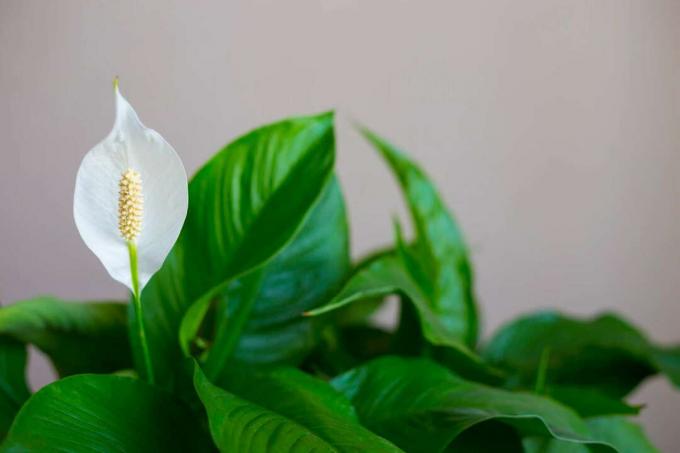
Poisonous houseplant 9: cycad
He is the dinosaur among plants: the palm ferns (Cycads) are among the oldest groups of plants that still exist on our earth. In this country the cycad is often kept as a houseplant or container plant. Especially their sweeping fronds are a real eye-catcher and bring some nature into the apartment. For four-legged friends, however, the palm farm is anything but suitable. All parts of the plant are poisonous for animals and lead to abdominal cramps, vomiting and diarrhea. The seeds are particularly dangerous - just two seeds can be fatal to a dog.

Poisonous houseplant 10: lilies
Beguiling, exotic, beautiful - Lilies (Lilium) come in all shapes and colors. But as different as they may be, all lilies have one thing in common: they are especially good for cats Lilies are highly toxic. Even the smallest amounts of the plant, even flower water or soil from lilies, can lead to symptoms of poisoning. Increased thirst, frequent urination, loss of appetite, and vomiting are among the main symptoms of such poisoning. But the insidiousness of poisoning is really dangerous - only several days after contact with the Acute kidney failure occurs suddenly in plants, from which only every second cat fully recovers. This is why lilies have no place near cats. Owners of dogs and rodents can breathe a sigh of relief: even larger amounts of lilies are not fatal for them.
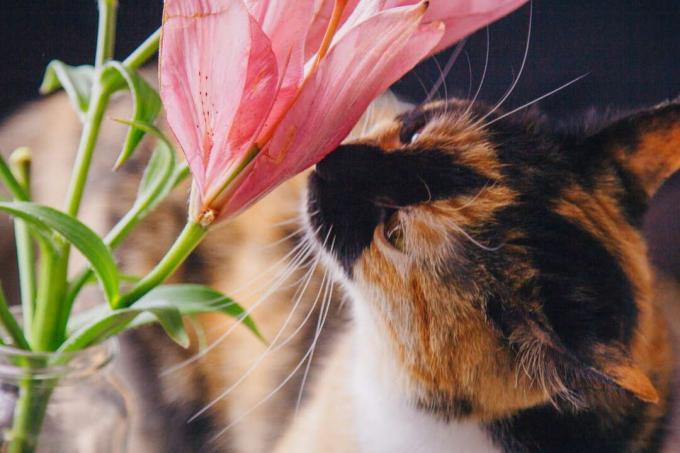
A list of pet friendly plants You will find here.
